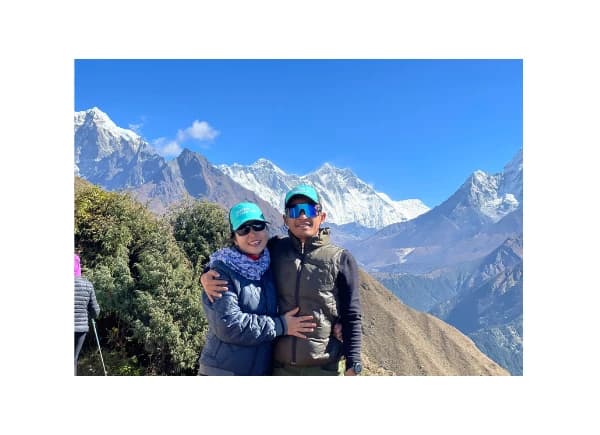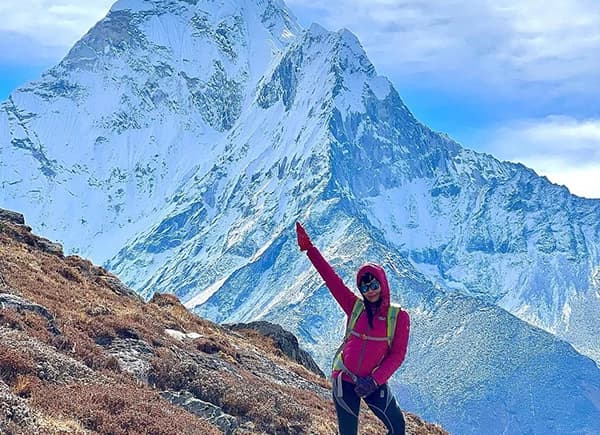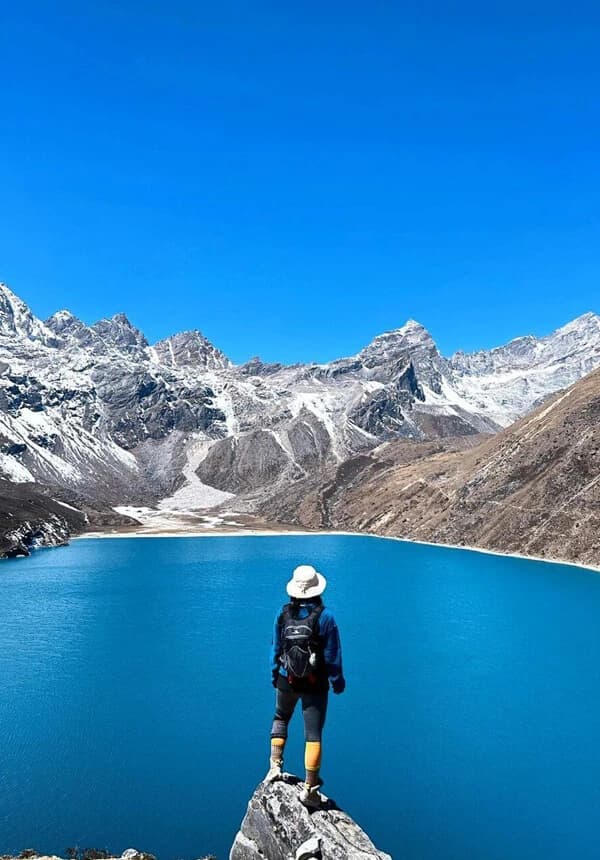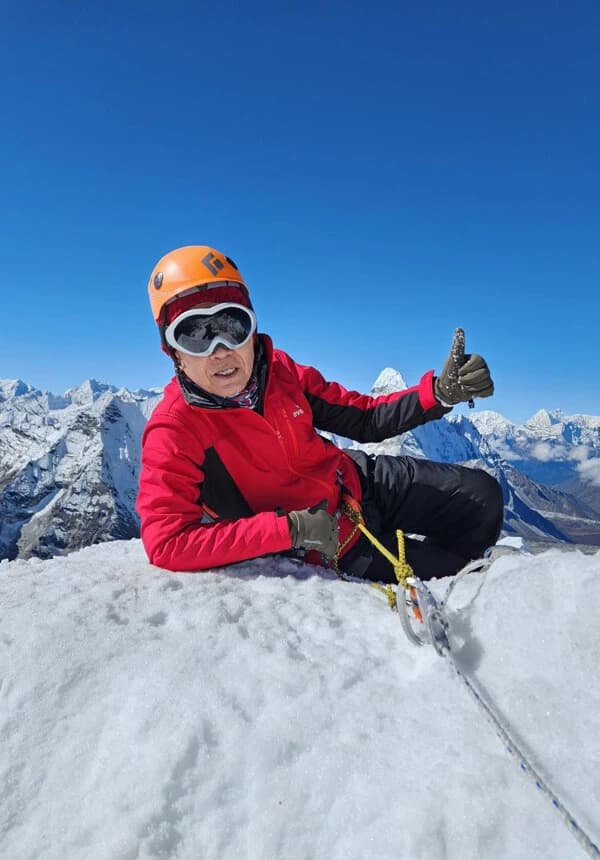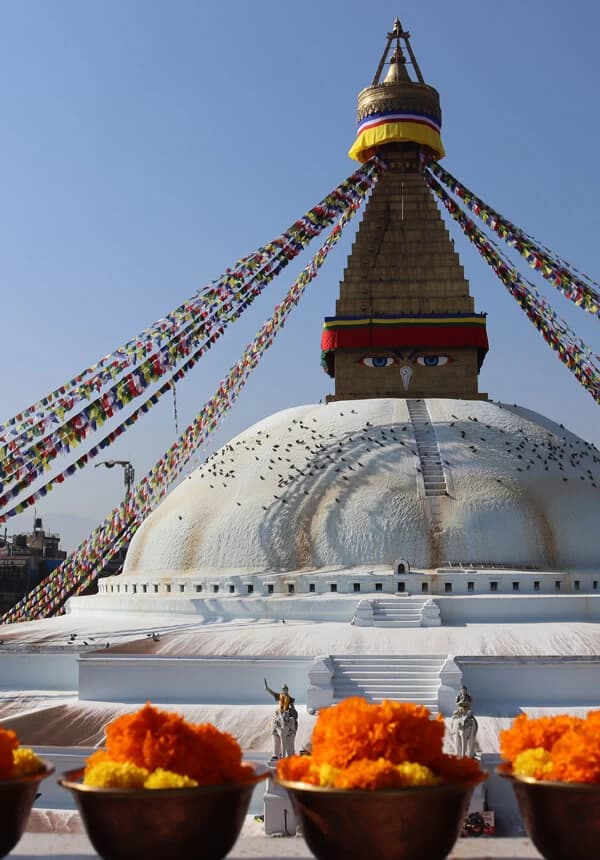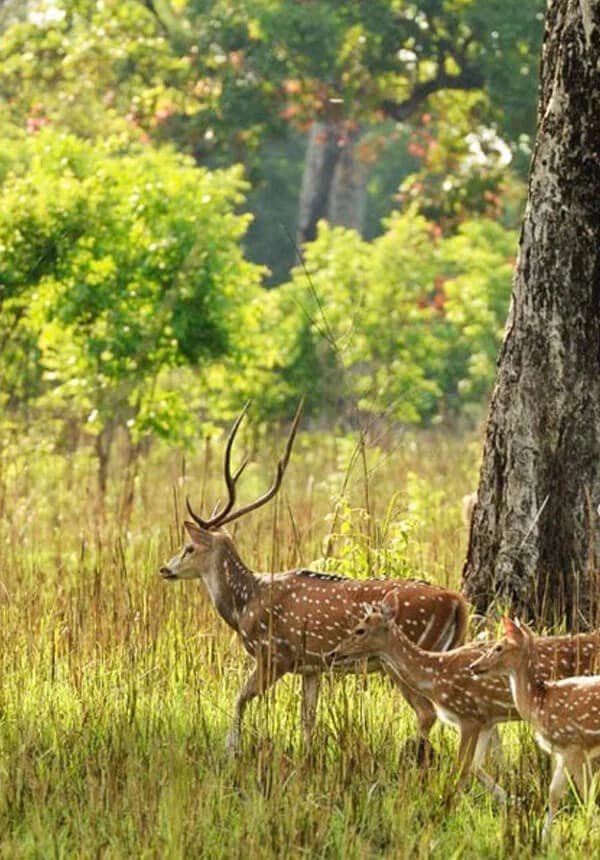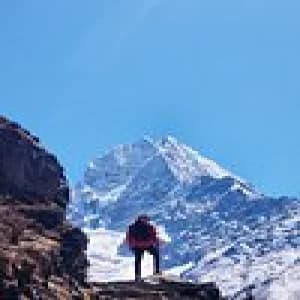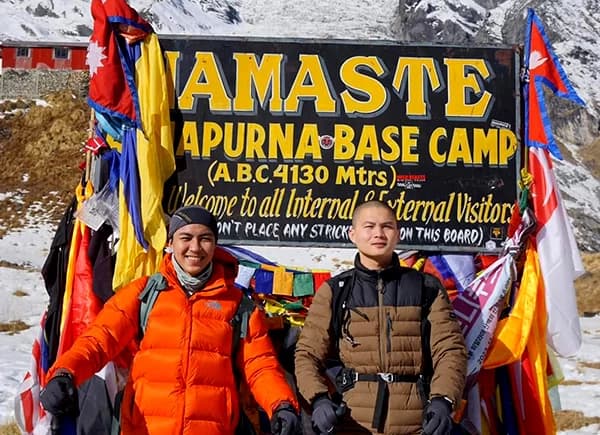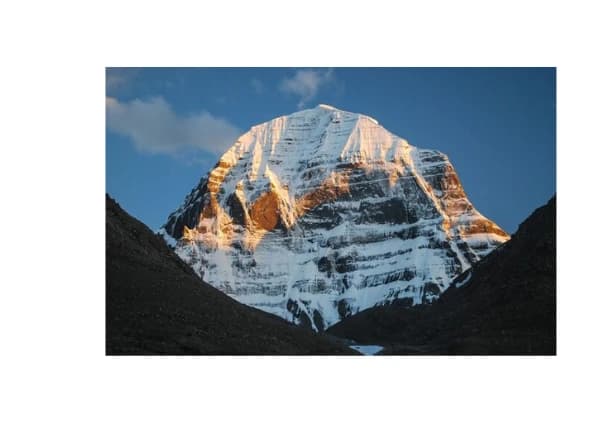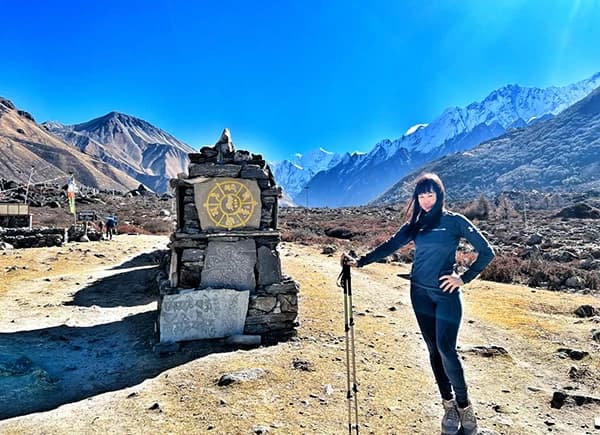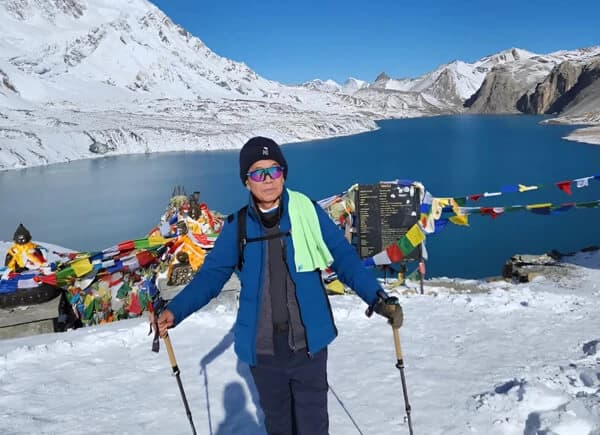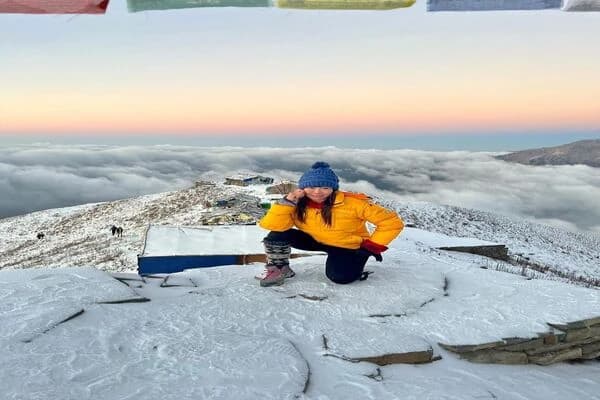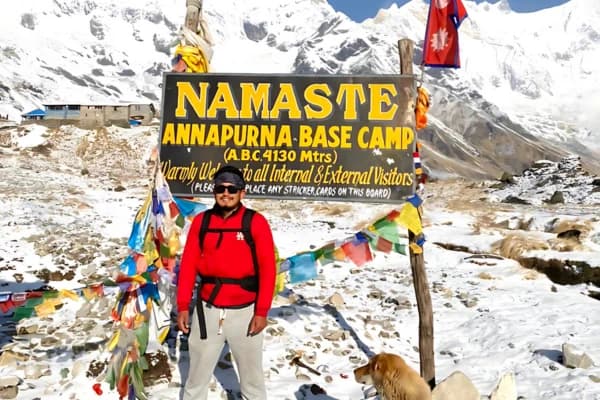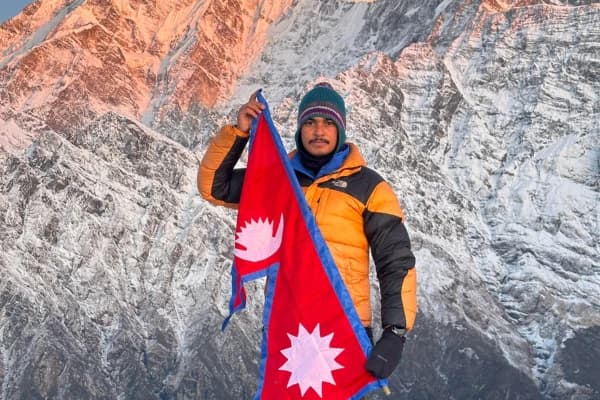Base Camp Trip
Base Camp Trip was established by a team of passionate trekkers and local experts with the aim to make Nepal accessible to travelers of all budgets and ages. We have built the company with deep love and curated every trip meticulously.
We have many years of expertise in high-altitude trekking, heritage tours, and jeep safari. We assure safe, sustainable, and life-changing trips with us. We also organize activities like river rafting, paragliding, mountain biking, day hiking, rock climbing, etc.
We also have a sister company in Indonesia named SukaJalaJalan Tour and Travel Company that assists Asian travelers.
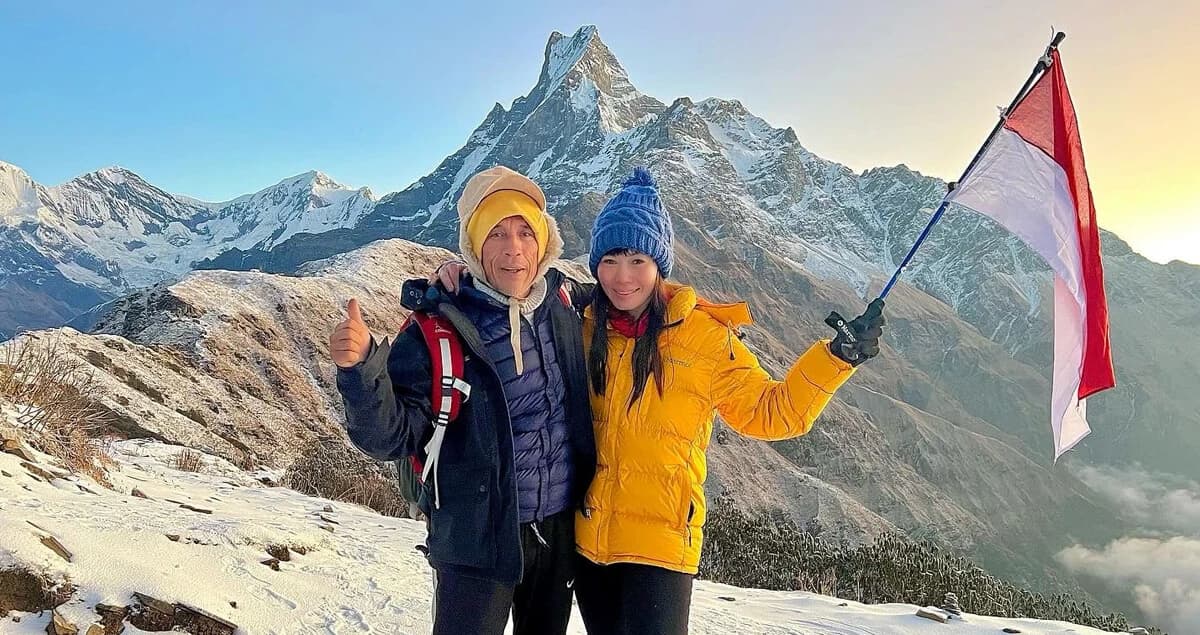
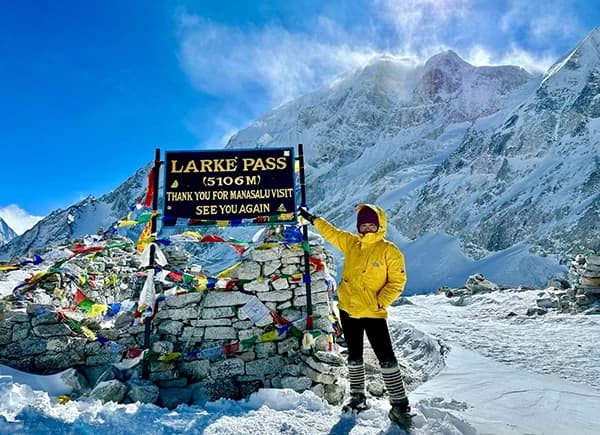

.webp&w=1200&q=75&dpl=dpl_5U1kDtrEjeGaYsyn6zvbzC1MxdYm)
